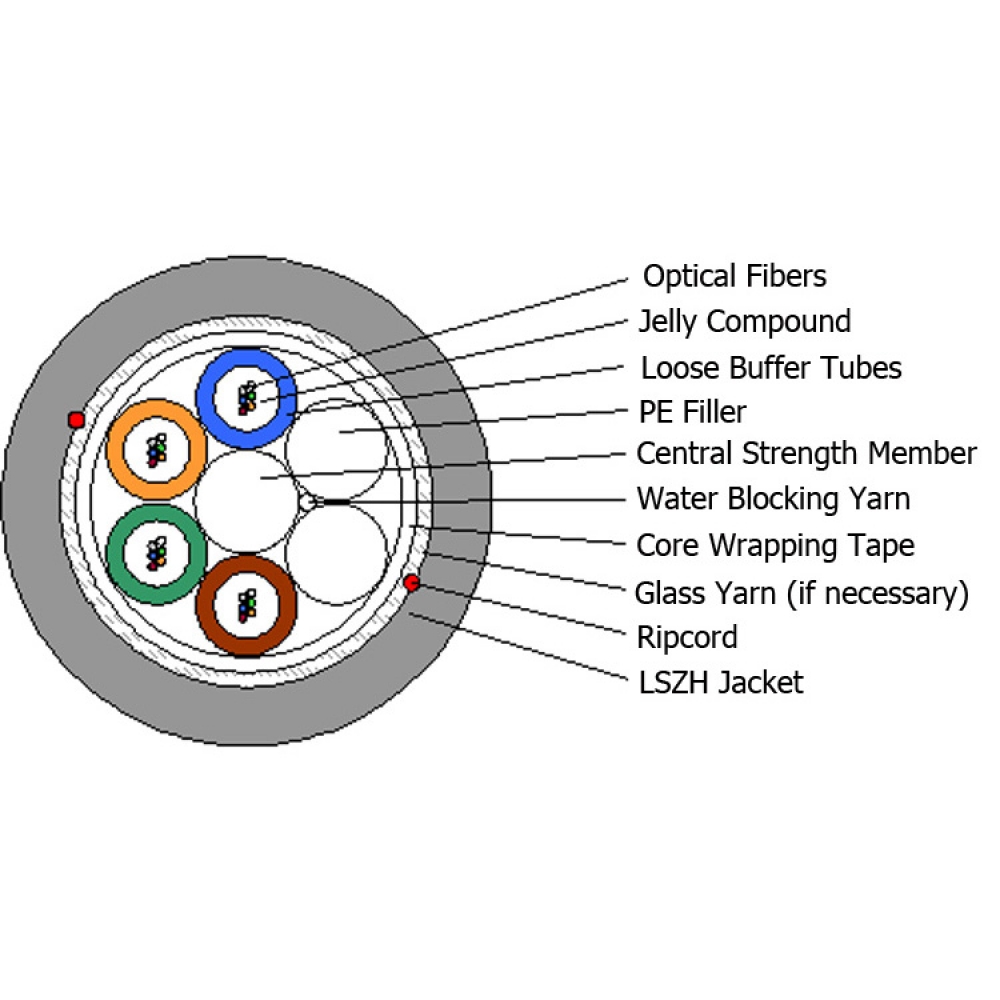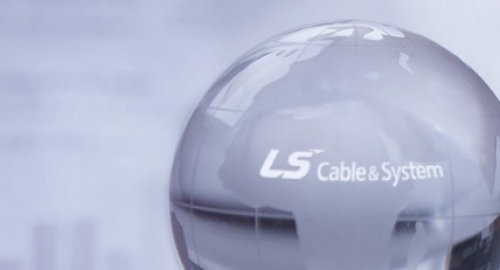| ITEMS | TEST METHOD AND
ACCEPTANCE CRITERIA |
| Tensile Strength | # Test method: IEC 60794-1-2 Method E1
-. Mandrel diameter: 30D (D = cable diameter)
-. Length under tension: ≥ 50 m
-. Load: 2,700N for 1 hour
# Acceptance Criteria
-. Attenuation increment: ≤ 0.1 dB for SMF
≤ 0.2 dB for MMF |
| Crush Resistance | # Test method: IEC 60794-1-2 Method E3
-. Applied load: 1,100 N/10 cm for 10 minutes
-. No of points: 1 point
# Acceptance Criteria
-. Attenuation Increment: ≤ 0.1 dB for SMF
≤ 0.2 dB for MMF
after completion of the test
-. No jacket cracking and no fiber breakage |
| Impact resistance | # Test method: IEC 60794-1 Method E4
-. Impact Energy: 5J
-. Radius of impact mass: 25mm
-. No. of impact per point: 1 time at 3 points each
# Acceptance Criteria
-. Attenuation Increment : ≤ 0.1 dB for SMF
≤ 0.2 dB for MMF
after completion of the test
-. No jacket cracking and no fiber breakage |
| Cable bend | # Test method: IEC 60794-1-2 Method E11A
-. Mandrel diameter: 20D (D = cable diameter)
-. No. of turns: 4 turns(wrapped and unwrapped)
-. No. of flexing cycles: 10 cycles
# Acceptance Criteria
-. Attenuation Increment: ≤ 0.1 dB for SMF
≤ 0.2 dB for MMF
after the completion of the test
-. No jacket cracking and no fiber breakage |
| Torsion | # Test method: IEC 60794-1-2 Method E7
-. Cable length twisted: 2m
-. No. of twist cycles: 10 cycles
-. Twist angle: ± 180°
# Acceptance Criteria
-. Attenuation Increment: ≤ 0.1 dB for SMF
≤ 0.2 dB for MMF
after the completion of the test
-. No sheath cracking and no fiber breakage |
| Water Penetration | # Test method: IEC 60794-1-2 Method F5
-. Length of specimen: 3m
-. Height of pressure head: 1m
-. Test time: 24 hours
# Acceptance Criteria
-. No leakage through the open cable end |
| Temperature Cycling | # Test method: IEC 60794-1-2 Method F1
-. Cable length: at least 1000m
-. At least 6 fibers shall be spliced and tested.
-. Temperature cycling schedule
: 23°C → -40°C → 70°C
-. Soak time at each temperature: 24 hours
-. No of cycles: 2
# Acceptance Criteria
-. Attenuation increment: ≤ 0.1 dB/km for SMF
≤ 0.2 dB/km for MMF |
| Flame retardant | In compliance with IEC 60332-1 |






